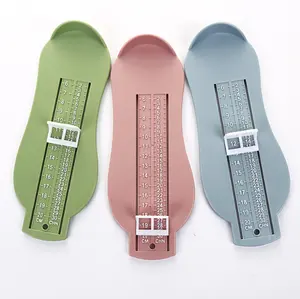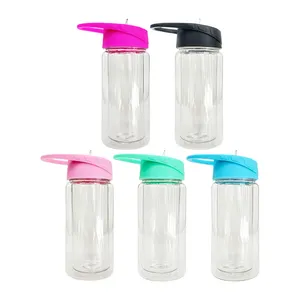Popular in your industry





































































Related Searches:


















































































































Top categories
About cultivation tray
Exploring Cultivation Trays: A Comprehensive Guide
The realm of agricultural efficiency is epitomized by the cultivation tray, a fundamental component for modern farming and gardening. These trays serve as a versatile foundation for the propagation of a myriad of plants, from seedlings to mature vegetables. This detailed exploration delves into the various aspects of cultivation trays, offering insights into their types, applications, materials, and features.
Types of Cultivation Trays
Cultivation trays come in diverse forms, each tailored to specific horticultural needs. Nursery trays & lids are designed to facilitate the early stages of plant growth, providing a controlled environment for seed germination. For larger scale operations, agricultural greenhouses utilize trays to maximize space and enhance plant care. Additionally, trays are not limited to seed starting; flower pots & planters also incorporate tray designs to manage mature plants, ensuring they receive adequate water and nutrients.
Materials and Sustainability
The construction of cultivation trays involves a variety of materials, each selected for durability and performance. HIPS (High Impact Polystyrene) and ABS (Acrylonitrile Butadiene Styrene) are common for their robustness and longevity. In the pursuit of sustainability, ABS plastic trays offer a balance between environmental responsibility and practical utility. Other materials like PET, PP (Polypropylene), and PS (Polystyrene) are chosen for their specific properties, such as flexibility, clarity, or recyclability.
Features and Applications
When selecting a cultivation tray, features such as color and transparency play a role in their application. Black trays are known to absorb heat, which can aid in seed germination, while clear trays are beneficial for monitoring root development. The application of these trays spans across various plant types, including seeds, vegetables, and even rice cultivation. Their versatility makes them an indispensable tool for both commercial agriculture and personal gardening projects.
Advantages of Using Cultivation Trays
The use of cultivation trays presents numerous advantages. They promote efficient use of space, allowing for high-density planting, which is particularly beneficial in greenhouse settings. The trays also contribute to better water management, reducing waste and improving plant hydration. Furthermore, the ease of organizing and transporting plants in trays streamlines the cultivation process, enhancing overall productivity.
Choosing the Right Tray for Your Needs
Identifying the appropriate cultivation tray is crucial for achieving desired agricultural outcomes. Factors such as the type of plant, the stage of growth, and the specific environmental conditions of the cultivation area should influence the selection process. Whether it's for seed starting, vegetable growing, or ornamental plant display, the right tray can make a significant difference in the success of your cultivation endeavors.
Incorporating cultivation trays into your agricultural practice can lead to improved plant health, streamlined operations, and ultimately, a more fruitful harvest. By understanding the various types, materials, and features of these trays, cultivators can make informed decisions that align with their horticultural goals.











































































